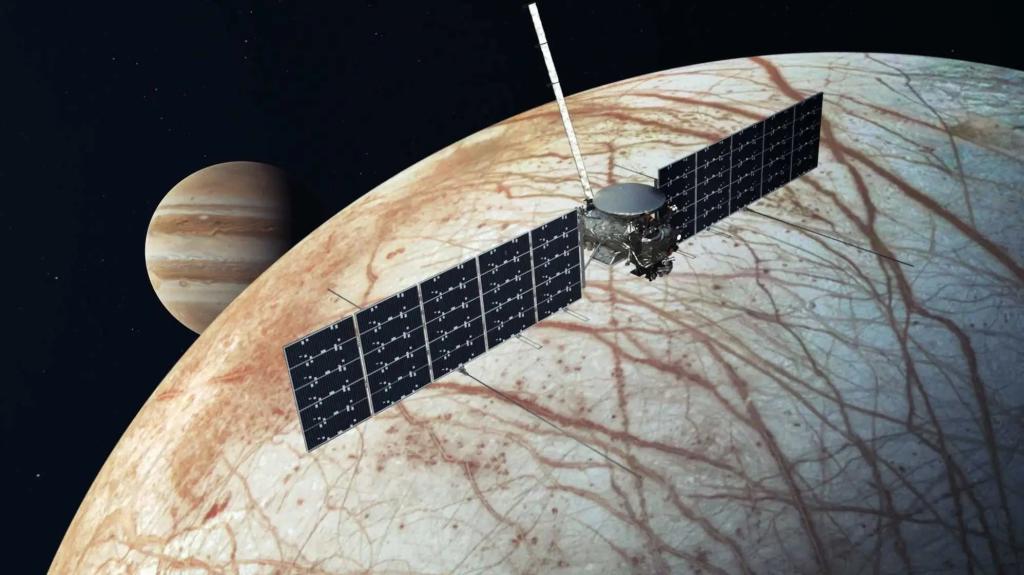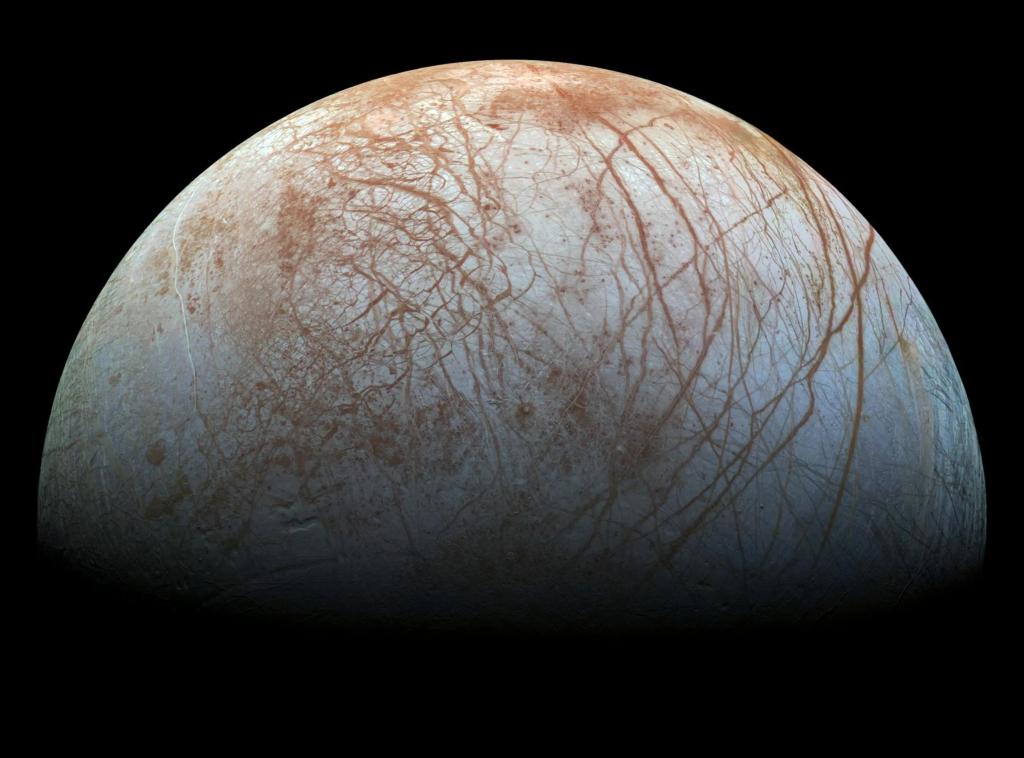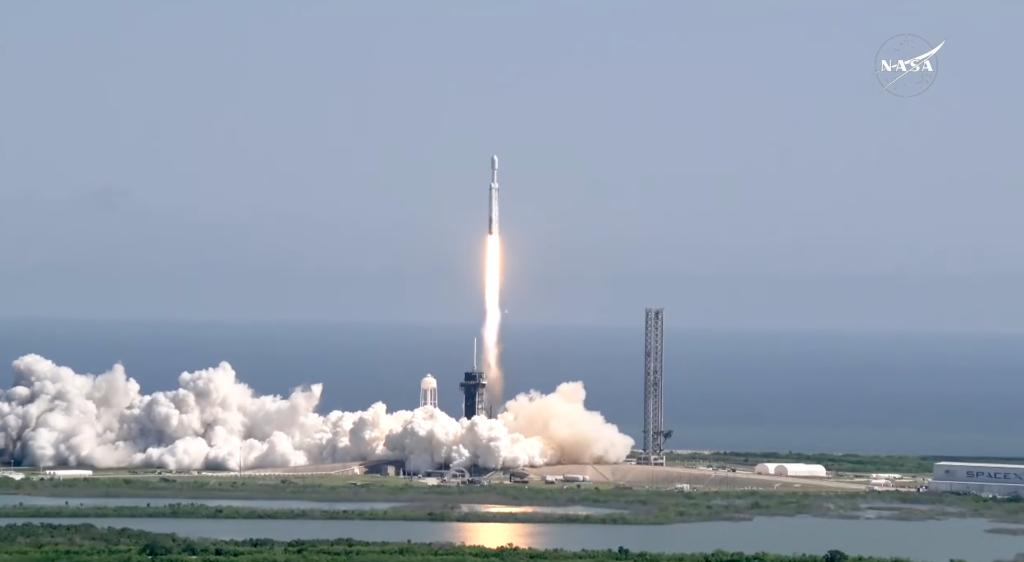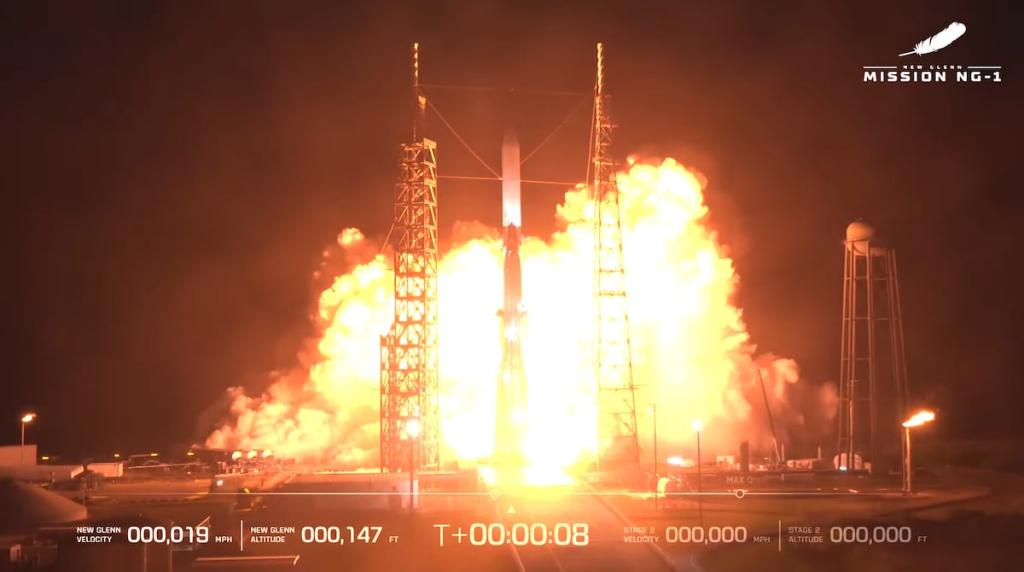NASA's Europa Clipper Set to Discover Life in Icy Ocean
Join NASA's Europa Clipper mission as it uncovers secrets beneath Europa's icy surface in the search for potential alien life.

Key Points
- Nasa's Europa
Clipper mission aims to explore
Jupiter's moon Europa, believed to harbor a vast ocean potentially capable of supporting life.
- The spacecraft will conduct 49 flybys, analyzing the surface for organic compounds and favorable conditions for life beneath its icy crust.
- Discovering life on Europa could significantly enhance our understanding of habitability in the universe and the existence of extraterrestrial life.
NASA has embarked on an exhilarating journey with its
spacecraft, launched with the intention of uncovering the mysteries of Jupiter's icy moon, Europa. This mission represents a critical step in humanity's quest to determine if we are alone in the universe. As scientists continue to build on our understanding of this fascinating celestial body, the implications of their findings could reshape our perspective on life in our solar system.

What Makes Europa a Target for Exploration?
Scientists believe that beneath Europa's frozen surface lies a vast global ocean, containing potentially twice as much water as all of Earth's oceans combined. This remarkable fact makes Europa one of the most promising candidates for hosting life in our solar system. Gina DiBraccio, a prominent NASA scientist, stresses the importance of this endeavor: “Ocean worlds like Europa are not only unique because they might be habitable, but they might be habitable today”. The depth and composition of this ocean are crucial as they could provide the essential ingredients needed for life, such as organic compounds.
The Europa Clipper Mission Overview
The Europa Clipper, launched aboard a SpaceX Falcon Heavy rocket, will take approximately 5.5 years to reach Jupiter, arriving in 2030. Once in orbit, the spacecraft will perform 49 flybys of Europa, coming as close as 16 miles to the surface. This proximity will allow for unprecedented analysis of the moon's icy crust, as well as the ocean lurking beneath. Equipped with nine scientific instruments, including advanced cameras and radars, the mission aims to explore the moon's surface and assess its habitability.

One of the worries before launch involved the performance of the spacecraft’s components. NASA discovered that some transistors might be vulnerable to the intense radiation around Jupiter. The spacecraft will encounter the equivalent of millions of chest X-rays during each flyby. Thankfully, extensive testing confirmed that these components would be able to withstand the environment, ensuring that the mission could proceed.
A Leap into the Unknown
The exciting aspect of the Europa Clipper mission is the potential for groundbreaking discoveries. While the spacecraft won't be directly searching for life, it will analyze Europa's surface and atmosphere for organic compounds and determine whether the conditions there could support life. According to Robert Pappalardo, a project scientist for the mission, “Europa is certainly the most likely place for life beyond Earth in our solar system”. This underscores the significance of exploring other celestial bodies for signs of life.

The Broader Implications of Europa Research
If Europa does hold the ingredients necessary for life, it would not only change our understanding of this moon but could also hint at the existence of life elsewhere in the universe. The discovery of life in the subsurface ocean of Europa would significantly affect our understanding of habitability and the search for extraterrestrial life beyond Earth.
As we look ahead, it's essential to cherish these moments of exploration. The Europa Clipper mission exemplifies tenacity and ambition in unraveling the enigmatic nature of our solar system. The results of this mission could open new pathways for astrobiological research and inspire generations of scientists in the ongoing quest to understand our universe.
The unfolding journey towards Europa promises to be an exciting chapter in space exploration. The potential for life discovery fuels both scientific curiosity and human imagination, reinforcing our innate desire to explore the unknown. As we await the findings from Europa Clipper, we must remain optimistic about the possibilities that lie ahead.


